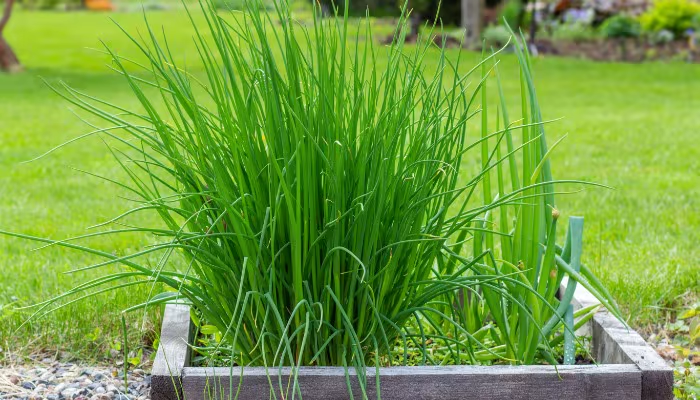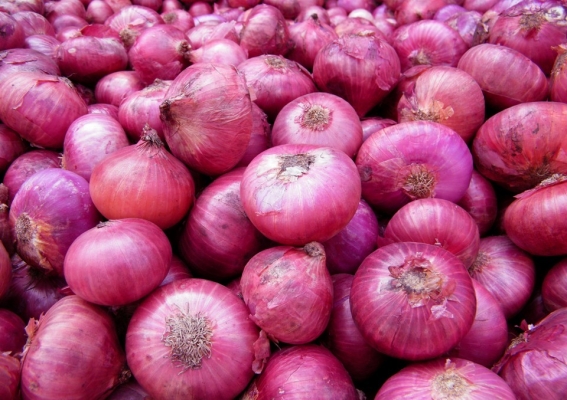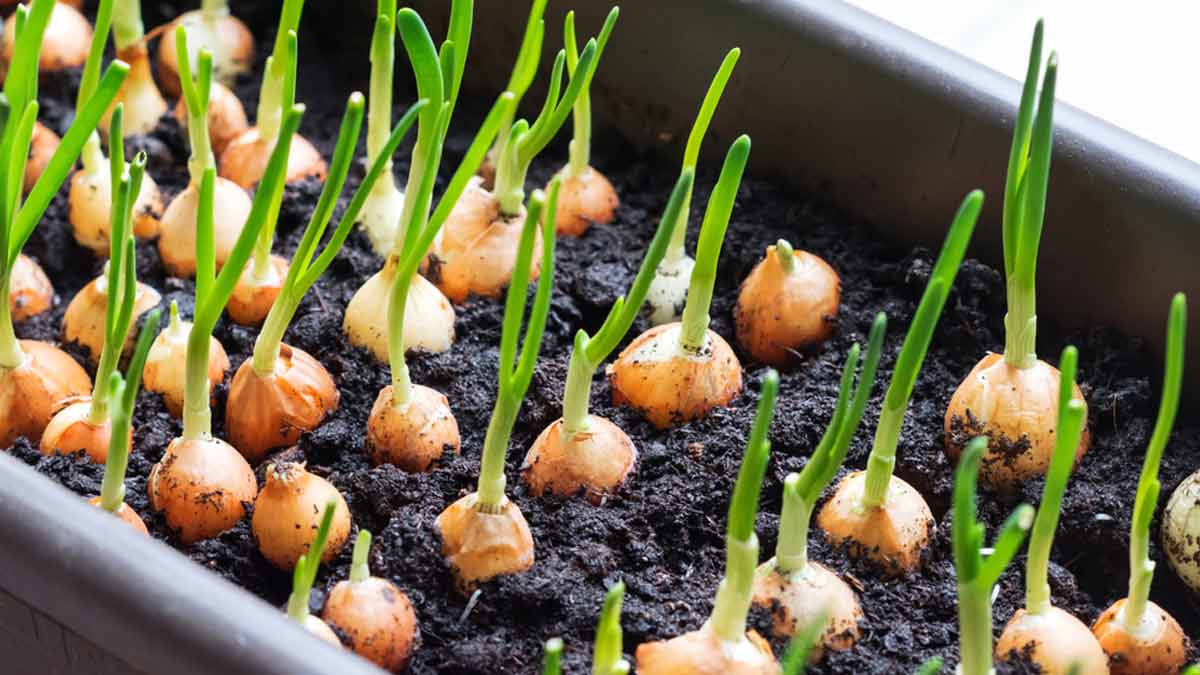
×

Growing bunching onions known as Welsh onions, green onions, Japanese bunching onions, spring onions, and scallions, these perennial non-bulbing alliums have other names as well. The leaves have a mild onion flavor and can be consumed raw or cooked. While larger varieties are similar to leeks, smaller varieties are more like chives. The flowers have a similar sharp flavour and are edible despite having a slightly dry texture.

Image source: Wikipedia.com
Although growing bunching onions are frequently called Welsh onions, they are not actually Welsh and have little to do with Welsh culinary tradition. In reality, this long-cultivated crop first appeared in China. Human use dates back to at least 200 BC. It most likely arrived in Japan around 500 AD, from where it spread throughout Asia and Europe before arriving in North America. In addition to being a tasty addition to all types of cuisine, it has numerous applications in Chinese medicine. A scallion poultice, according to herbalists, can even be used to treat infections or drain sores. A poultice is a moist lump of plant material applied to the skin to treat wounds or skin conditions. It can be wrapped in cloth or applied topically. The plant as a whole is believed to repel some insects, such as termites and moles, and the juice can be used to ward off moths and aphids.
Growing this hardy plant from seed, transplants, or division is simple. A location with well-draining soil and either full sun or some shade is ideal. For best results, incorporate a lot of organic material—such as aged manure or compost—prior to planting.

Image source: plantgrowpick.files.wordpress.com
Plant seeds in early spring for harvests in the summer or late summer for harvests in the fall or spring. Seeds can be sown broadly or in rows with a spacing of two to three inches, and a depth of one-fourth to one-half inch. When they have a firm base, space seedlings an inch apart.
Start indoor seedlings five to six weeks before the last date of the local frost. Germination typically takes seven to ten days, so keep the soil moist and the temperature between 59- and 68 degrees Fahrenheit. Once the plants are three to four inches tall and all threat of frost has passed, transplant them into the garden in rows with a few inches between each plant.
Lightly moisten the soil before planting. Give the bottom of the roots a light soak in water or liquid fertilizer prior to planting.

Image source: gardencityharvest.org
Growing bunching onions are those that can be bundled. Having said that, supplying nutrient-rich soil with plenty of water and full sunlight will unquestionably aid in producing a better crop. Regular watering and weekly application of liquid fertilizer, such as comfrey tea or fish fertilizer, will benefit plants. Make your own comfrey tea fertilizer by cutting up a bunch of comfrey leaves and putting them in a five-gallon bucket of water. After a couple of days, this nutrient-rich "tea" can be applied to your plants; however, you should strain it first. It's also important to prevent weeds from growing close to your plants because the smell is quite strong. Covering plants with a thick layer of mulch is the best way to keep weeds at bay and moisten the soil around them.
Protect plants from the winter and cover them with a thick layer of mulch in the fall. This will safeguard plants from the cold weather in addition to encouraging an earlier crop. Mulch should be taken off in the spring after the soil has warmed up. Try successive planting every three to four weeks for a steady supply!
You might also try building up a mound with additional soil and raising it a little bit as the plant develops. Long, blanched stalks and noticeably longer edible greens will result from forcing the leaves to grow higher on the plant.
Read Also: Gardening in a Vegetable Garden

Image source: Wikipedia
There are two ways to harvest a plant: either you pull the entire thing out and eat it like a green onion, or you cut the leaves off as you need them throughout the growing season, more like chives. I prefer to mainly use the snipping technique, only occasionally pulling up a few plants once a patch has become established. Throughout the season, leaves can be removed multiple times because they quickly regrow. Once plants have grown to a height of four to six inches, harvesting can begin whenever. You may want to wait four to five months from planting to harvest so that the plants are fully mature before removing entire plants. In warm climates, this plant can be harvested all year long. In the first year, harvesting shouldn't begin until mid-summer, and you should be careful not to overharvest in order to give young plants time to develop sturdy roots. As soon as flower heads appear, you should cut them off unless you plan to save the seeds or cook with the flowers.
.